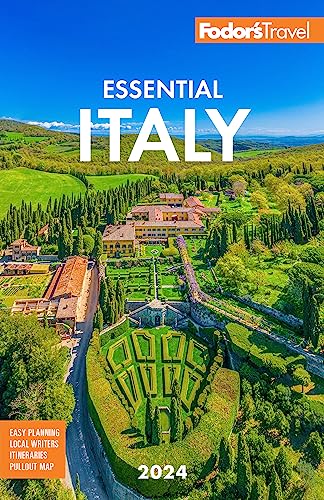Most people pass through on their way to and from popular tourist destinations Volterra and San Gimignano—a shame, because Colle di Val d'Elsa has a lot to offer. It's another town on the Via Francigena that benefited from trade along the pilgrimage route to Rome. Colle got an extra boost in the late 16th century when it was given a bishopric, probably related to an increase in trade when nearby San Gimignano was cut off from the well-traveled road. The town is arranged on two levels, and from the 12th century onward the flat lower portion was given over to a flourishing papermaking industry; today the area is mostly modern, and efforts have shifted toward the production of fine glass and crystal.
Make your way from the newer lower town (Colle Bassa) to the prettier, upper part of town (Colle Alta); the best views of the valley are to be had from Viale della Rimembranza, the road that loops around the western end of town, past the church of San Francesco. The early-16th-century Porta Nuova was inserted into the preexisting medieval walls, just as several handsome Renaissance palazzos were placed into the medieval neighborhood to create what is now called the Borgo. The Via Campana, the main road, passes through the facade of the surreal Palazzo Campana, an otherwise unfinished building that serves as a door connecting the two parts of the upper town. Via delle Volte, named for the vaulted arches that cover it, leads straight to Piazza del Duomo. There is a convenient parking lot off the SS68, with stairs leading up the hill. Buses arrive at Piazza Arnolfo, named after the town's favorite son, Arnolfo di Cambio (circa 1245–1302), the early-Renaissance architect who designed Florence's Duomo and Palazzo Vecchio (but sadly nothing here).




